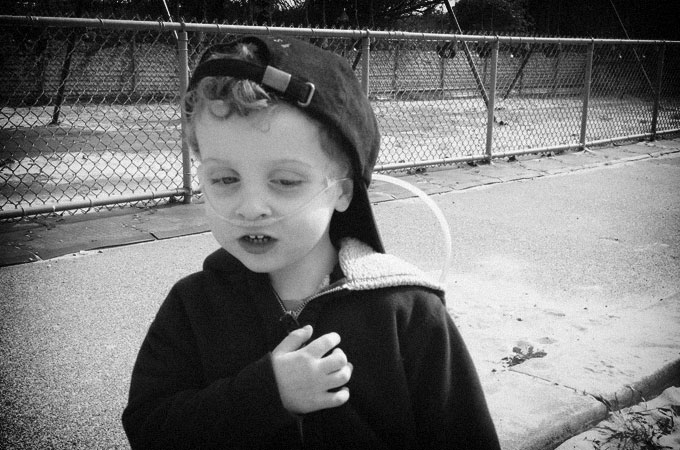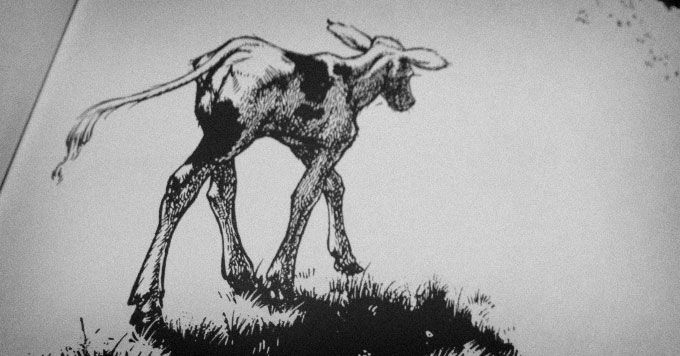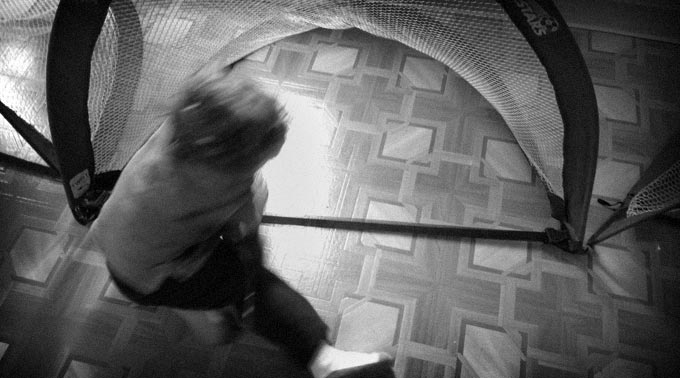 Evincing a common autism trait, my son's hands are always on the move, fingers bending or stiffening, balled up or widely splayed, seemingly living a life of their own.
Evincing a common autism trait, my son's hands are always on the move, fingers bending or stiffening, balled up or widely splayed, seemingly living a life of their own.
When he's excited, he flattens his hands and pats downward on some invisible surface. When I walk with him, it's as though the hand he's offered me enjoys the quiet comfort of being clutched in my own. Even at rest his fingers strike the pose of those about to tickle ivories, or they find themselves holding something — anything — just to keep themselves occupied.

Of the outward signs of autism I've come to worry about, these dancing hands and their endless explorations do not bother me so much. They seem to reflect all the curiosity and energy and joy that characterize C himself.
These hands dance because of autism.
I'm coming to develop an unexpected gratitude for these small gifts bestowed upon us when it seems as though others have been taken away.

 Many children with autism, like C, love to engage with others, but their ASD prevents them from understanding how to do so. Most times C will light up if a child tries to engage with him, but if he's left alone he will find many ways to occupy himself, and usually happily so.
Many children with autism, like C, love to engage with others, but their ASD prevents them from understanding how to do so. Most times C will light up if a child tries to engage with him, but if he's left alone he will find many ways to occupy himself, and usually happily so.
